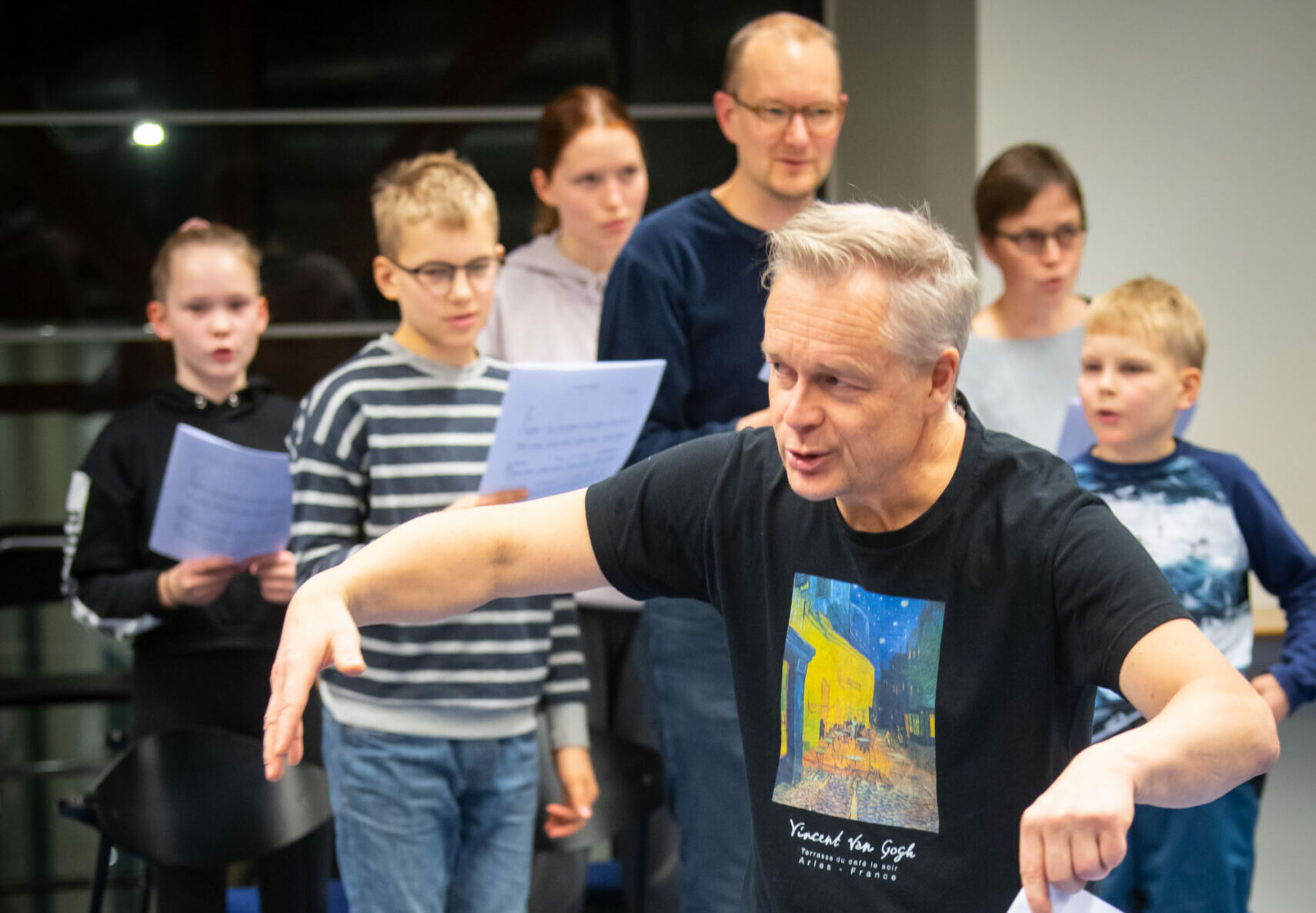Music perception
The music perception classes handle the various elements of music.
Music perception classes, or MUHA, teach the basics of music theory through listening, analysing, playing and singing. The perception of music covers the basic elements of music: rhythm, melody and harmony. These skills are also applied in practice in the form of composition and improvisation tasks. Students also learn about the use of music notation software and applications that support music studies.
The instruction of music perception subjects is practical and supports instrument, band, technology and composition studies. The perception of music is studied in groups, and all players and singers are welcome in the groups regardless of their genre. You can choose an emphasis on classical music or pop and jazz.
At all levels, the students’ own musical notes are used as much as possible and, where possible, they can use their own instruments. Each group has its own study plan within the common framework, so that after each year, it is ready to move on to the next level, regardless of the teacher. Our methods are versatile and we use different learning environments, such as writing, games, playing, body rhythms, tablets, etc. Functionality in lessons is also one of our ways of learning. The aim is to support the student’s musical hobby, so cooperation with the music teachers is an absolutely important part of teaching. Our groups are sized appropriately to guarantee a student-focused approach. Providing a positive musical experience is also a top priority in MUHA subjects.
Schedule of music perception subjects for the school year 2024–2025. (in Finnish)
Schedule of music perception subjects for the school year 2025–2026. (in Finnish).
Course descriptions (in Finnish)
Muha 1
Muha 2
Muha 3
Musiikin historia
Muha 4a
Muha 4b
 Tuomas Kourula
Tuomas Kourula